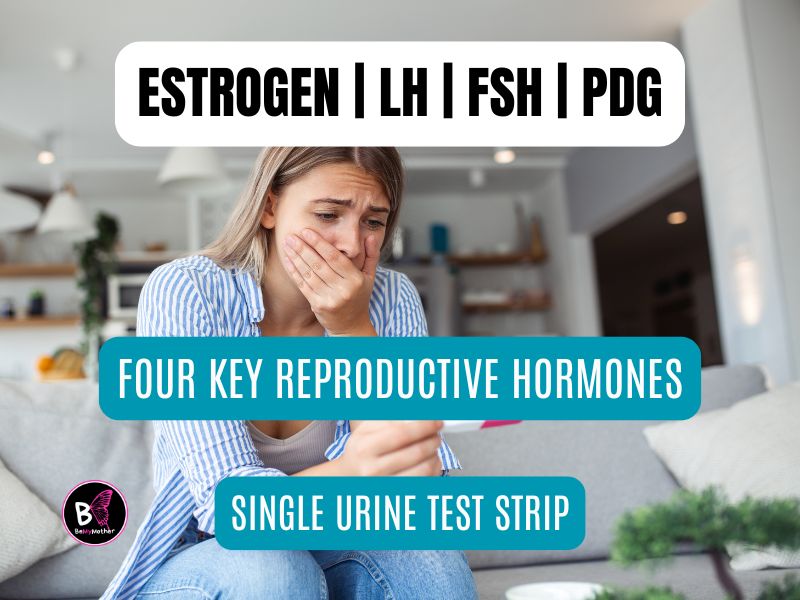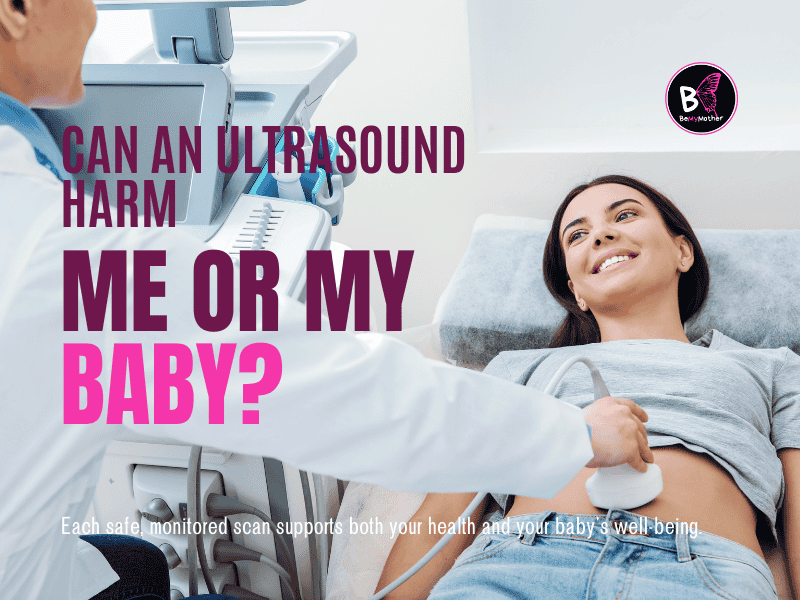“Two pink lines.” For so many women, those simple marks on a pregnancy test symbolize hope, joy, and the beginning of a long-awaited journey into motherhood. But for those trying to conceive, the path to that moment can feel overwhelming—filled with anxiety, questions, and endless calculations.
Among the tools designed to help, one that often comes up is Inito, a modern fertility monitor. But how does it work, and can Inito detect pregnancy? If you’ve found yourself wondering whether this device could make your journey easier, you’re not alone. In this article, we’ll walk through everything you need to know about Inito—its capabilities, limitations, and how it can help you take control of your fertility.
1. What Is Inito, and How Does It Work?
Inito isn’t your typical ovulation kit. It’s a fertility monitor designed to give women deeper insights into their cycles. Using a single urine test strip, it measures four key reproductive hormones:
- Estrogen: Signals the start of your fertile window.
- Luteinizing Hormone (LH): Triggers ovulation.
- Follicle-Stimulating Hormone (FSH): Helps eggs mature.
- PdG (a progesterone metabolite): Confirms ovulation has occurred.
This data is synced to an app, creating a personalized fertility profile that predicts your most fertile days and confirms when ovulation has occurred. For women with irregular cycles, this level of detail is a game-changer.
What sets Inito apart is its ability to track multiple hormones, making it more accurate than traditional ovulation kits that focus only on LH surges.
2. Can Inito Detect Pregnancy? Separating Myths from Facts

Let’s clear up the most common question: No, Inito does not detect pregnancy.
Pregnancy tests detect a hormone called hCG (human chorionic gonadotropin), which is produced after a fertilized egg implants in the uterus. Inito doesn’t measure hCG; it focuses on hormones that help you understand ovulation and fertility patterns.
Think of Inito as a guide—it helps you identify the best time to conceive so you know when to test for pregnancy.
According to the American College of Obstetricians and Gynecologists (ACOG), tracking ovulation accurately can significantly improve conception chances. By confirming ovulation with PdG, Inito removes much of the guesswork.
Looking for more insights about pregnancy safety? Don’t miss our article: Is Dramamine Safe for Pregnancy?
3. How Does Inito Help in Conception?
If you’ve been trying to conceive, you know timing is everything. Studies show that couples who accurately track ovulation have significantly higher success rates. Inito helps in three key ways:
- Pinpointing Fertile Days: By tracking Estrogen and LH, Inito identifies up to six fertile days in your cycle, increasing your chances of conception.
- Confirming Ovulation: Unlike ovulation kits, Inito uses PdG to confirm ovulation has occurred, giving you confidence in your timing.
- Providing Personalized Insights: Inito’s app adapts to your unique cycle, making it particularly helpful for women with irregular periods.
For couples facing unexplained fertility challenges, this level of precision can be a lifesaver.
| Hormone/Indicator | What It Measures | How It Helps |
|---|---|---|
| Estrogen | Rise in Estrogen levels marks the beginning of the fertile window. | Helps predict when you’re entering your fertile days. |
| Luteinizing Hormone (LH) | Surge in LH triggers ovulation, the release of a mature egg. | Pinpoints the best time for conception. |
| Follicle-Stimulating Hormone (FSH) | Supports egg maturation and ovarian function. | Provides insight into egg health and overall ovarian function. |
| PdG (Progesterone Metabolite) | Confirms that ovulation has occurred by detecting post-ovulation progesterone levels. | Validates ovulation, reducing uncertainty and guesswork. |
| Cycle Trends | Tracks hormonal patterns across multiple cycles. | Helps women with irregular cycles understand their unique fertility profile. |
| Fertile Days | Identifies up to six fertile days based on hormonal data. | Increases chances of conception by accurately predicting the best days to try. |
4. Why Doesn’t Inito Measure hCG? The Science Behind Pregnancy Detection
Pregnancy detection and fertility tracking serve different purposes. Pregnancy tests detect hCG, which rises only after implantation, usually 6-12 days after ovulation.
Inito, on the other hand, focuses on predicting and confirming ovulation. Optimizing the conception window complements—not replaces—traditional pregnancy tests.
Think of it as your partner in the journey to conception. While a pregnancy test gives you the final confirmation, Inito helps you get there.
5. Benefits of Using Inito for Fertility Tracking
Inito offers more than just data for women trying to conceive—it provides clarity and control.
Here’s why so many women swear by it:
- Accuracy: Tracking four hormones instead of one ensures a fuller picture of your fertility.
- Ease of Use: A single test strip and a simple app make it less stressful than other methods.
- Validation: Knowing ovulation has occurred with PdG gives peace of mind, especially for women with irregular cycles.
Certification Highlight: Inito is CE-certified, which meets strict European safety and performance standards for medical devices. This reassures users of its reliability and safety.
For insights on monitoring pregnancy health, check out How Many Sonograms During Pregnancy?
6. Common Misconceptions About Inito
Let’s debunk some myths:
- “Can Inito replace a pregnancy test?”
- No, Inito cannot measure hCG and won’t confirm pregnancy.
- “Is Inito only for women with fertility issues?”
- No, it’s helpful for anyone who wants a clearer understanding of their cycles.
- “Does Inito replace medical advice?”
- No, it complements healthcare guidance but doesn’t replace professional consultations.
7. Who Should Use Inito?
Inito is ideal for:
- Couples Trying to Conceive: Especially those facing challenges like irregular cycles.
- Women Seeking Insights: Inito provides valuable information about your reproductive health even if you’re not actively trying.
- Those Needing Precision: Inito offers a detailed hormonal analysis for women who find traditional ovulation kits too vague.
Research Insight: A 2020 Journal of Fertility and Sterility study found that tracking multiple hormones improves ovulation prediction accuracy by up to 94%.
8. How to Get the Most Out of Inito: Tips for Success
- Use It Consistently: Hormone tracking over multiple cycles provides the most precise picture.
- Pair with Medical Advice: Share your Inito data with a healthcare provider for personalized recommendations.
- Track Beyond Ovulation: The app monitors additional fertility indicators like symptoms or basal body temperature.
My Review of the Inito Fertility Monitor
FAQ: Common Questions About Inito and Pregnancy
1. Can Inito predict pregnancy before a test?
No, it doesn’t measure hCG. However, it helps you pinpoint when to test for pregnancy.
2. Is Inito better than ovulation strips?
Yes, it tracks four hormones, making it more accurate and personalized.
3. Can Inito help with irregular cycles?
Absolutely. Inito’s detailed tracking is beneficial for irregular cycles.
4. Is Inito FDA-approved?
While not explicitly FDA-approved, it adheres to FDA standards for at-home diagnostic devices.
Conclusion
Inito may not detect pregnancy, but its ability to predict and confirm ovulation makes it an invaluable tool for women trying to conceive. Providing accurate, personalized data empowers women to understand their cycles and take control of their fertility journey.
If you’re looking for clarity, confidence, and a partner in your path to parenthood, Inito might be the companion you need.



